Here is the description of this species from NZPCN:
This little filmy fern is endemic to the North and South Islands from Te Moehau and Mount Pirongia. It is usually epiphytic, found in mountainous habitats and on subalpine slopes. It forms pendulous patches, with slender, rather brittle, creeping rhizomes, usually on the dead or dying trunks of kaikawaka. It has distinctive grey-white to red-brown coloured fronds and narrow, tubular end parts with star-shaped hairs.
With the long title: A few Observations on the Tree-Ferns of New Zealand; with particular Reference to their peculiar Epiphytes, their Habit, and their manner of Growth (phew) this article by William Colenso has some great quotes, my favourite being:
"Sometimes their trunks are quite clean, and devoid of epiphytal vegetation; more commonly, however, they are clothed with a dense mass of epiphytes"
I think we should all start using the term "epiphytal" a whole lot more!
Thanks for awesome people for sharing this info on the NZ Epiphyte Network facebook page :)
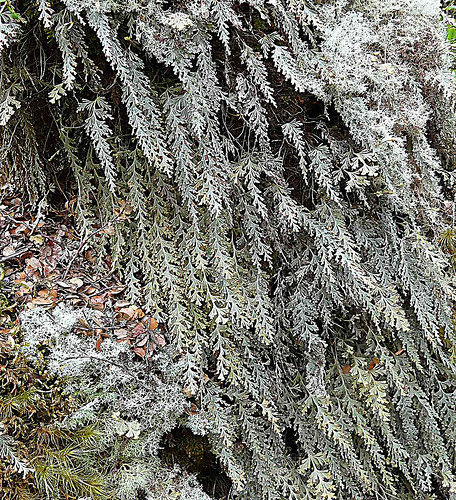
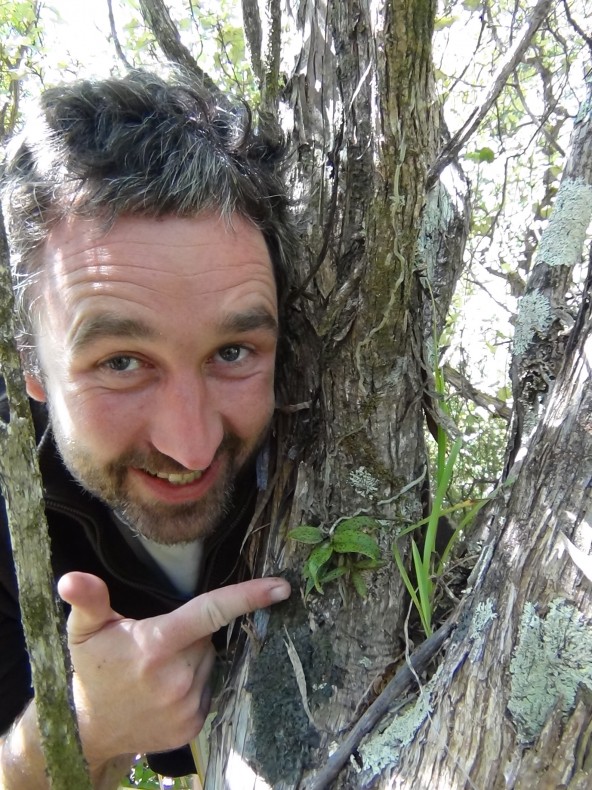
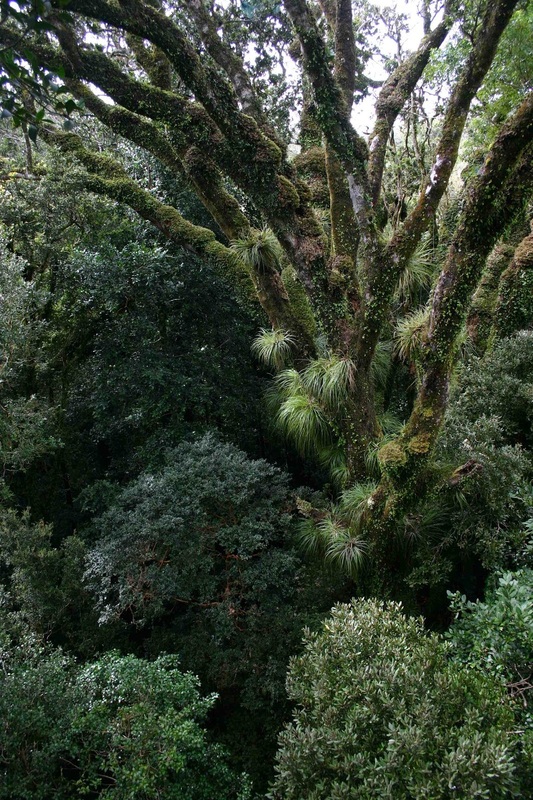
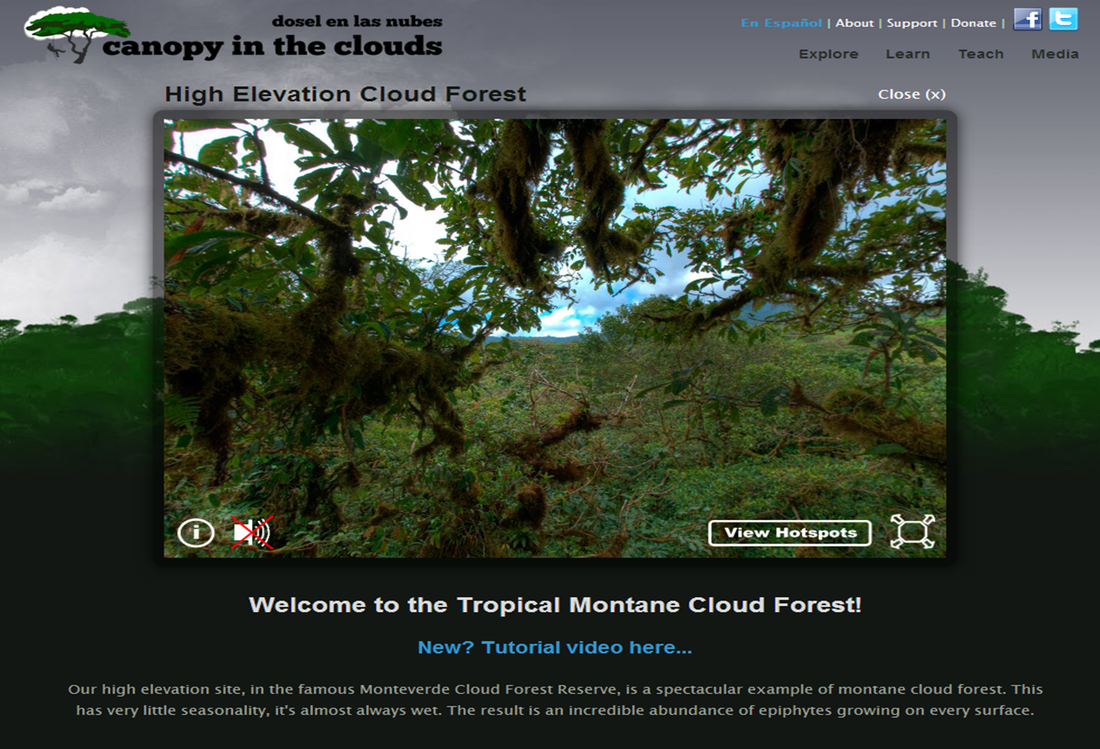
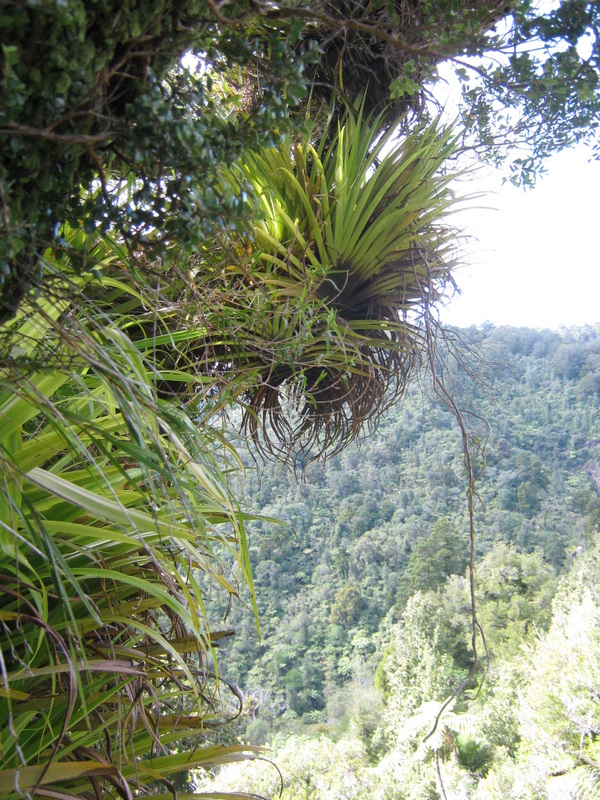
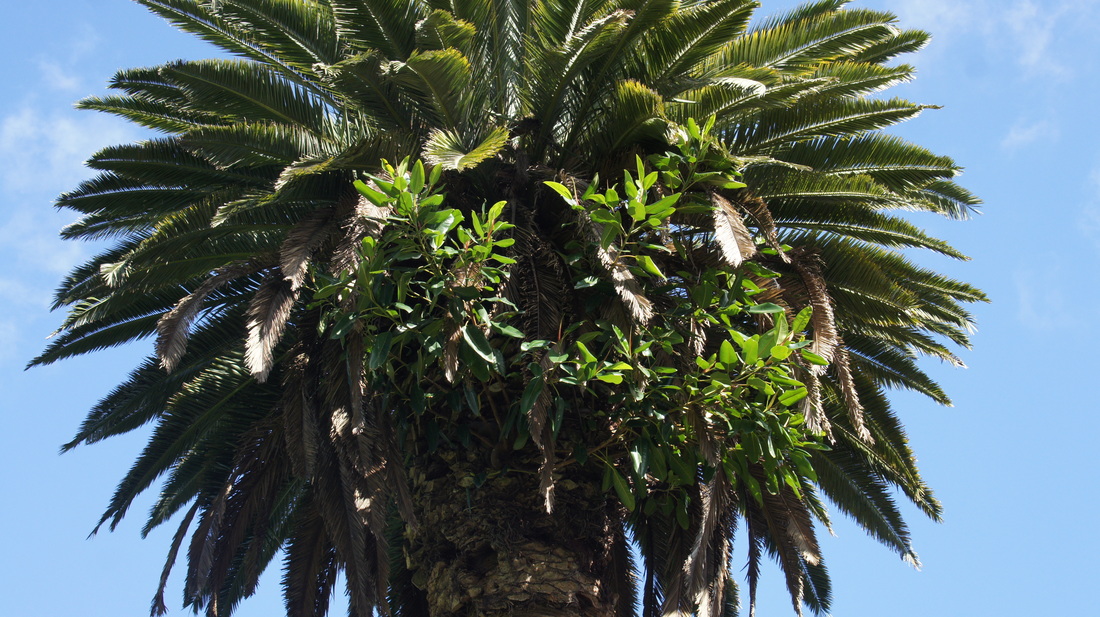
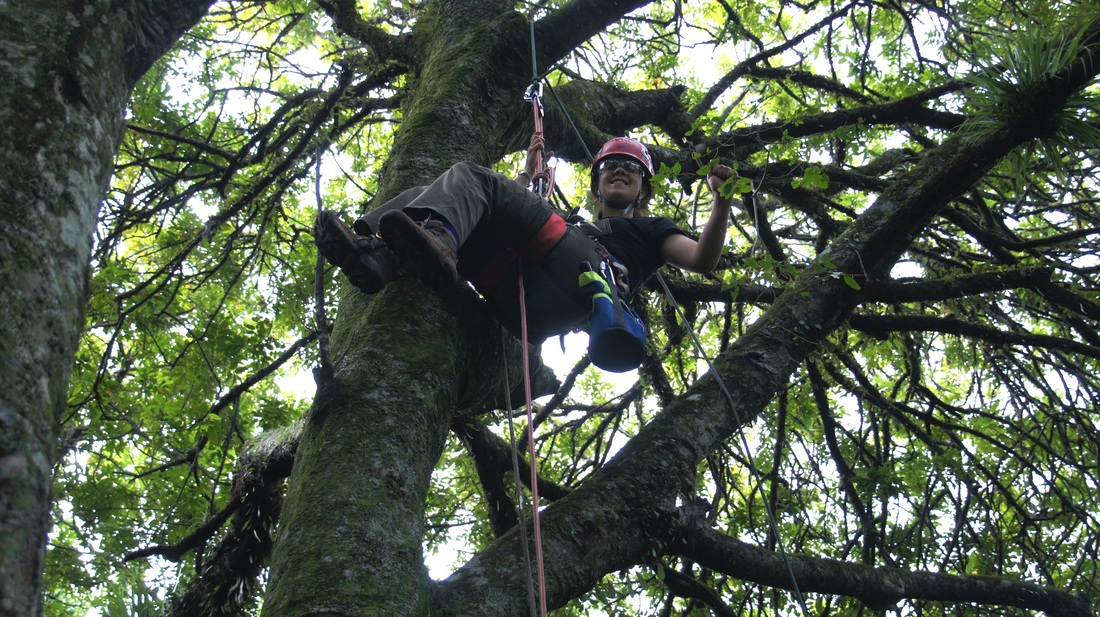
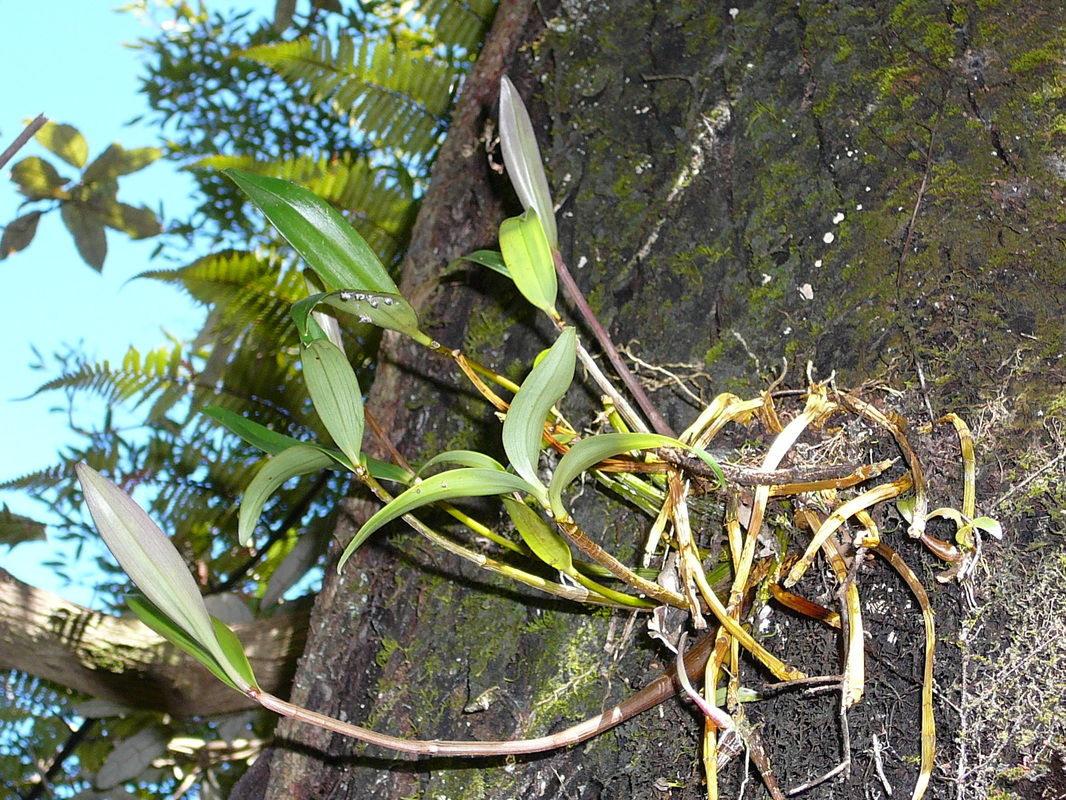
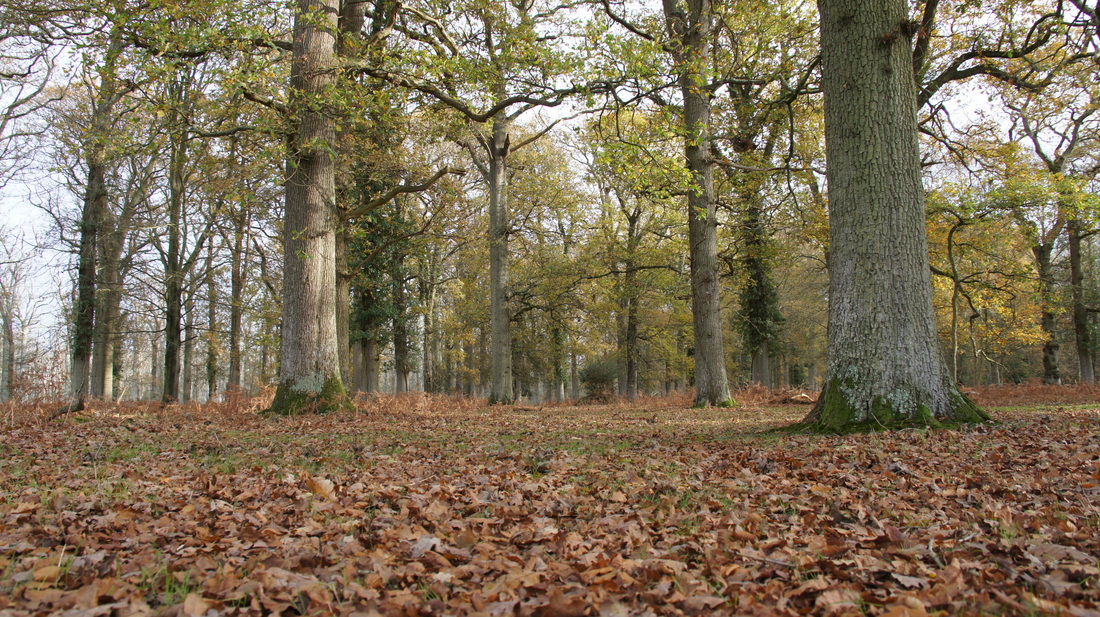
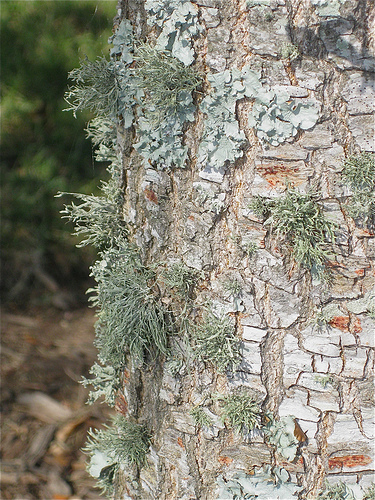

 RSS Feed
RSS Feed
